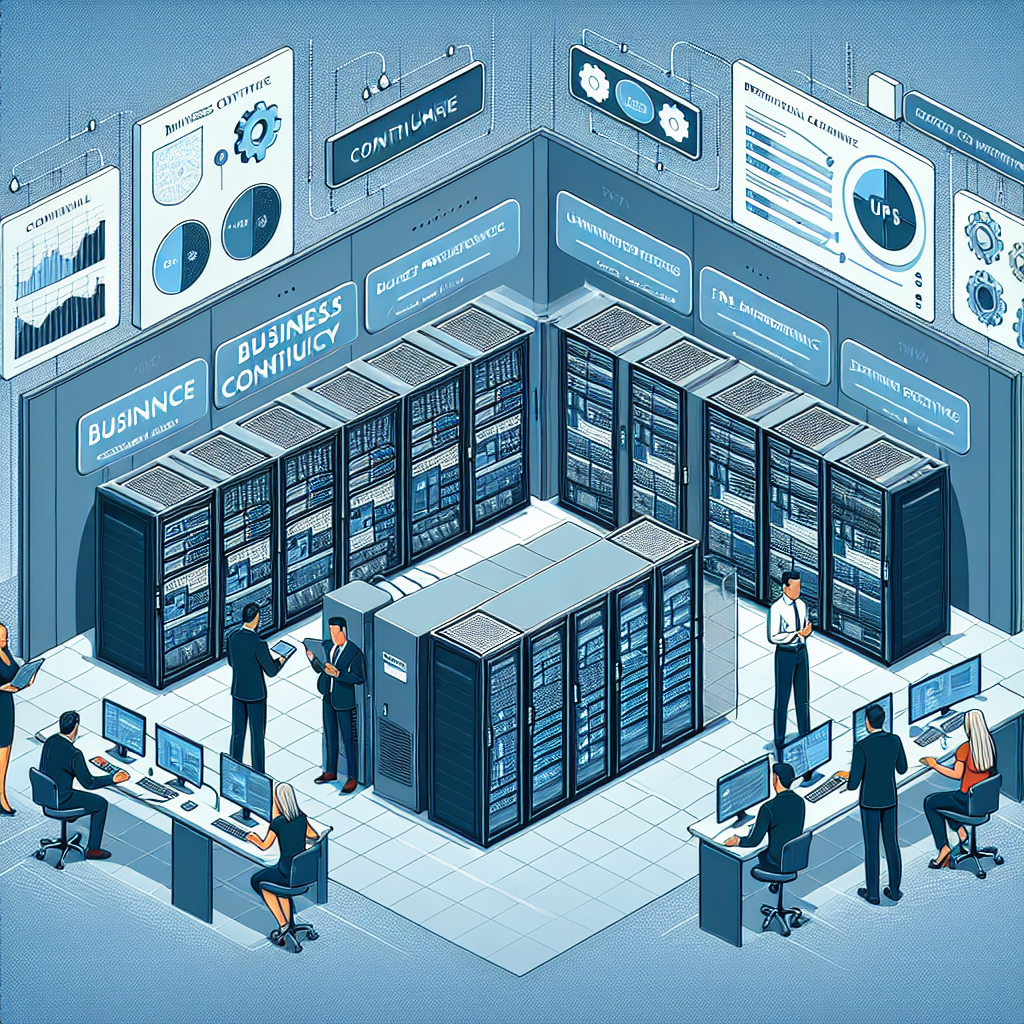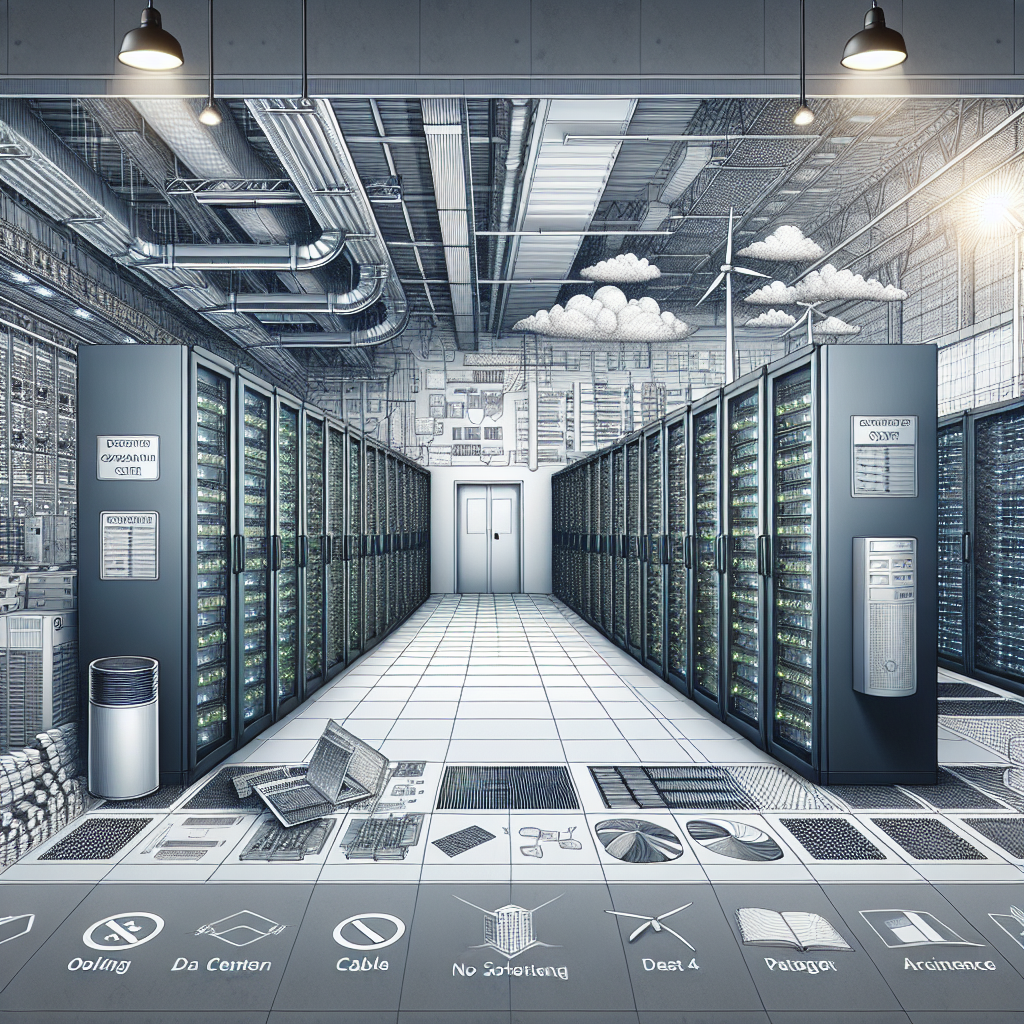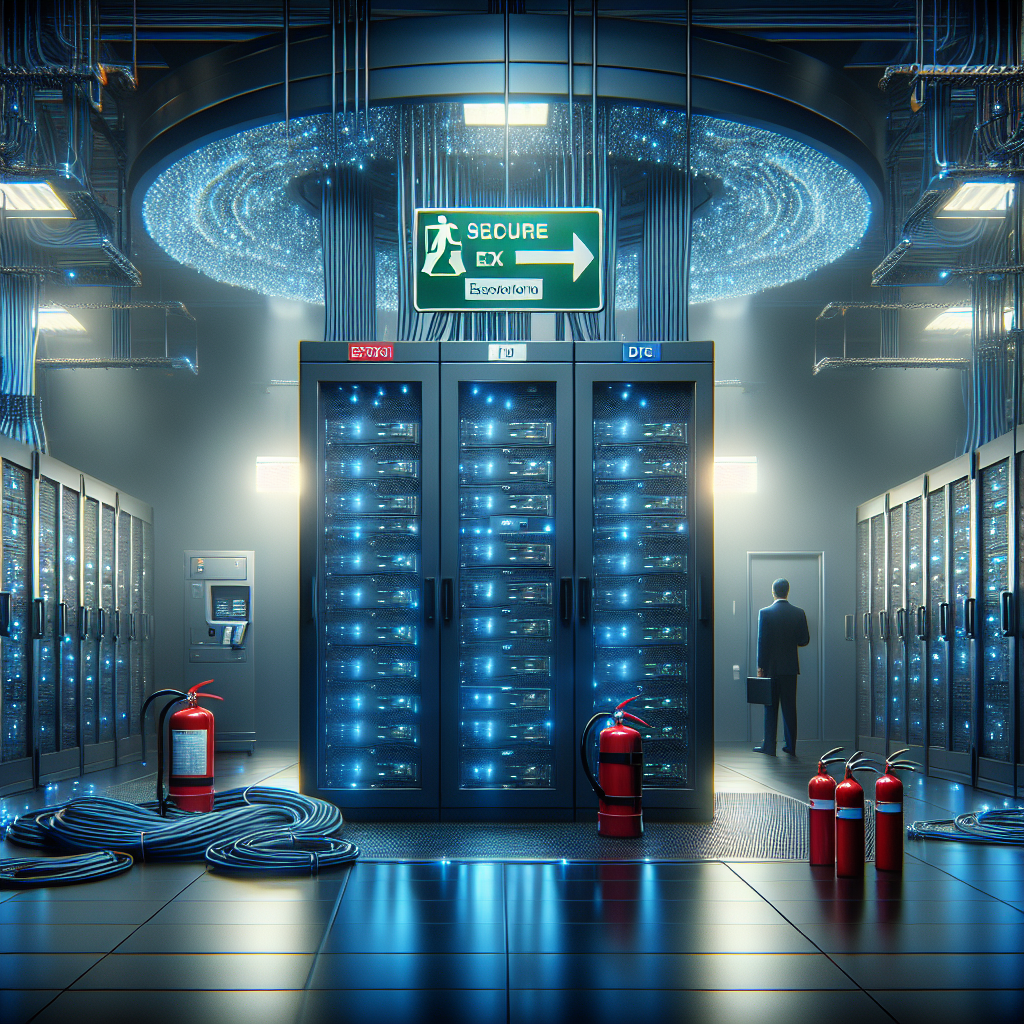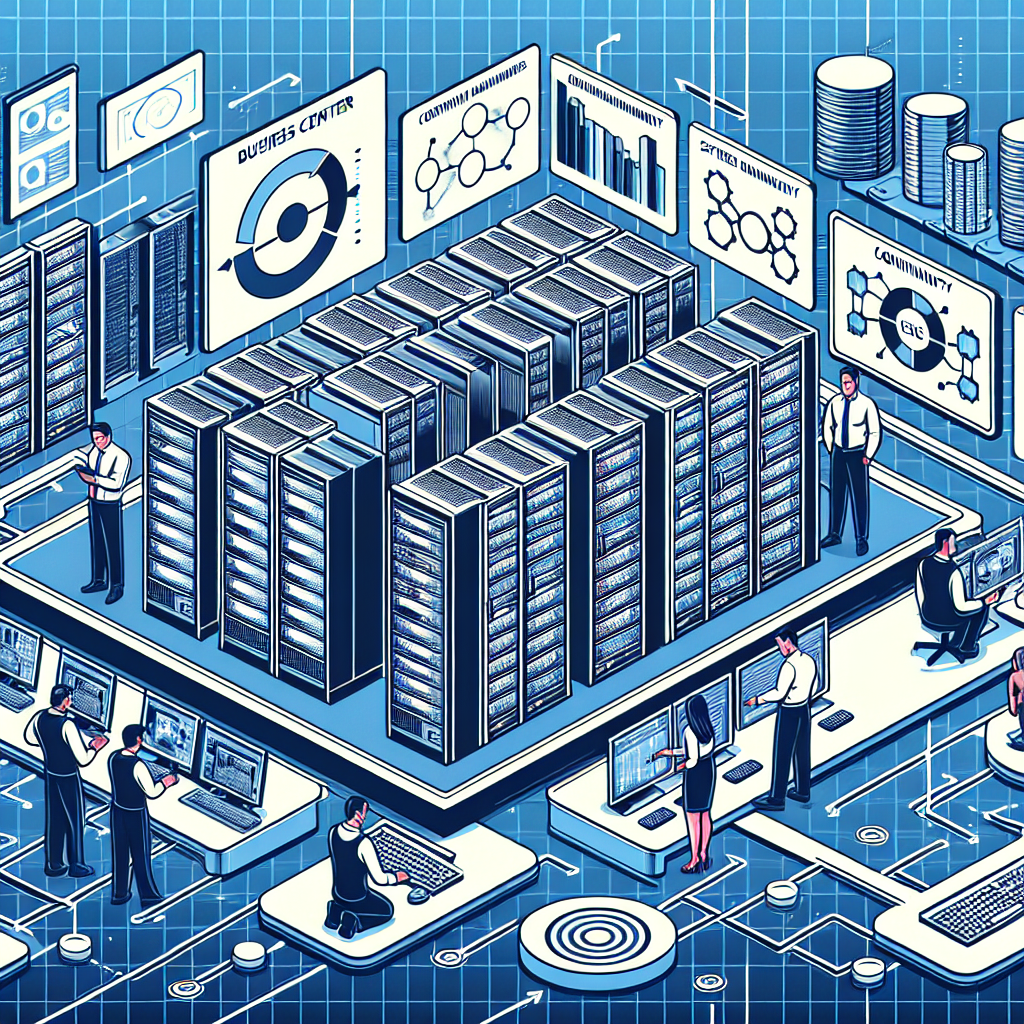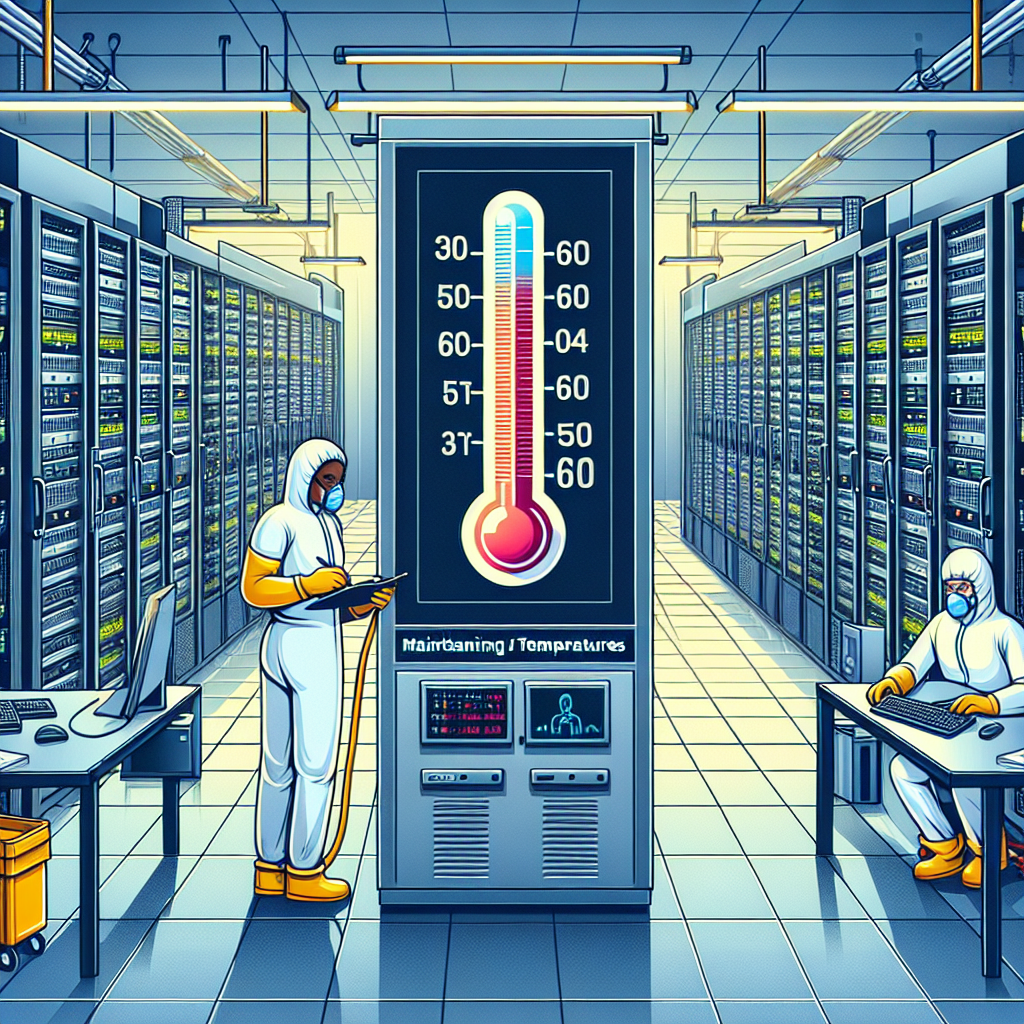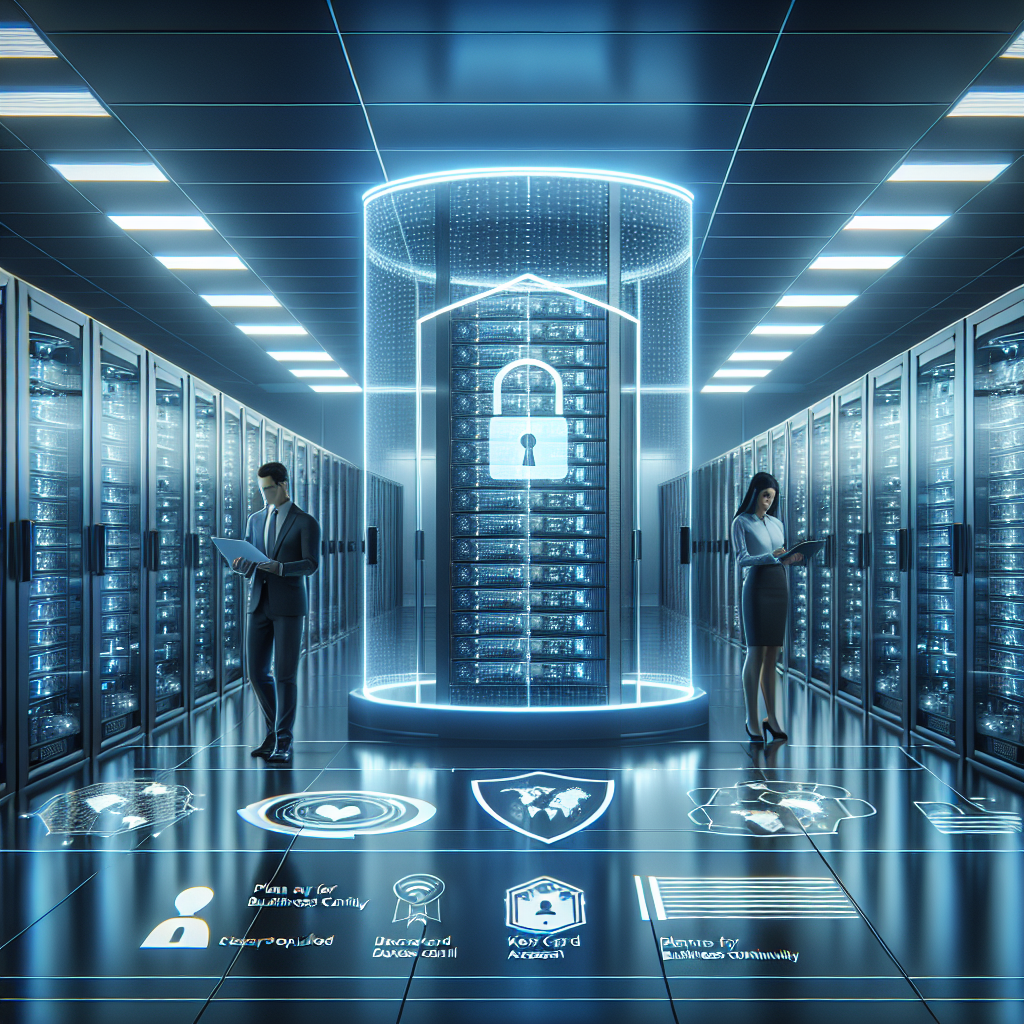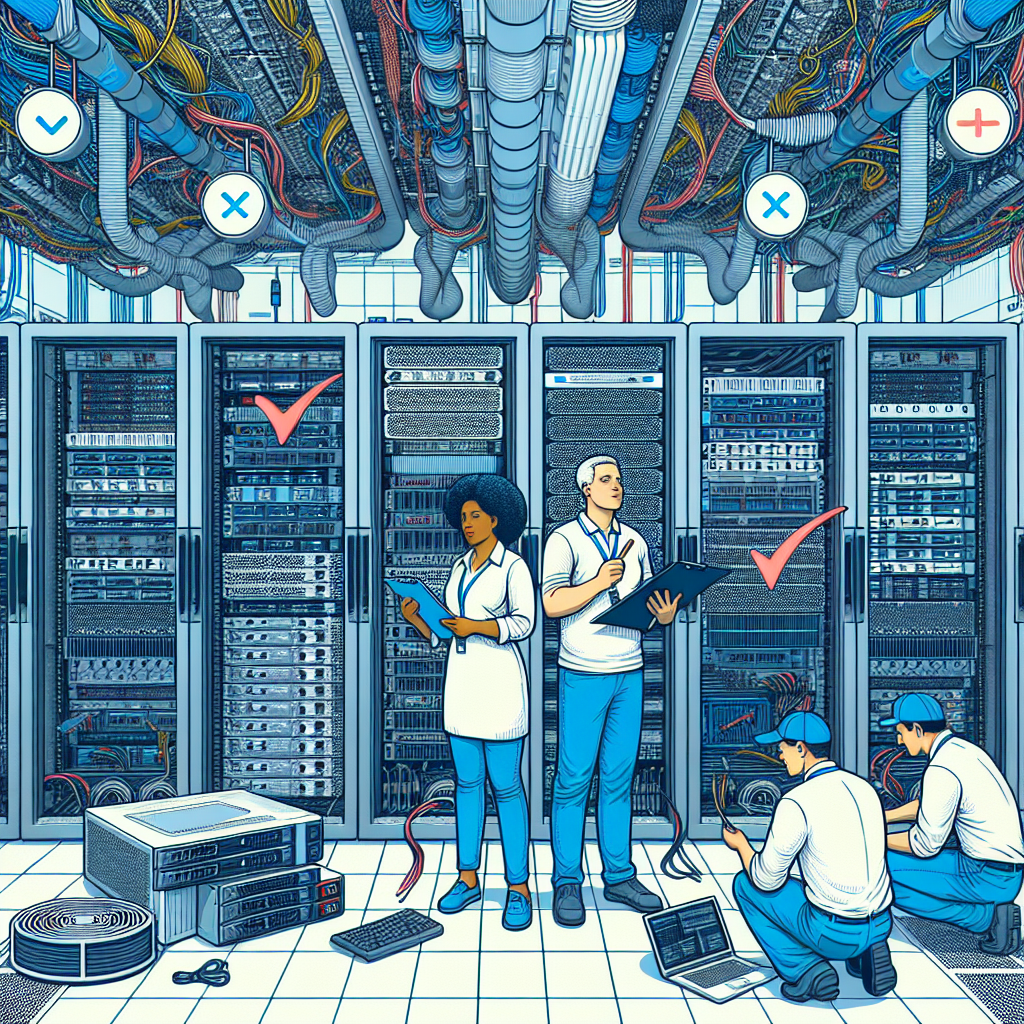In today’s digital age, data centers play a crucial role in ensuring the smooth operations of businesses. They serve as the backbone of an organization’s IT infrastructure, housing servers, storage systems, and networking equipment that store and process critical data. However, data centers are not immune to disruptions, whether it be due to natural disasters, power outages, or cyber attacks. Therefore, it is essential for businesses to implement best practices for maintaining business continuity in data centers.
1. Implement a Comprehensive Disaster Recovery Plan:
One of the most important steps in maintaining business continuity in data centers is to have a comprehensive disaster recovery plan in place. This plan should outline the steps that need to be taken in the event of a data center outage or disaster, including backup and recovery procedures, communication protocols, and alternative data center locations.
2. Regularly Test and Update Backup Systems:
It is crucial for businesses to regularly test and update their backup systems to ensure that data can be recovered in the event of an outage. This includes testing backup procedures, verifying data integrity, and ensuring that backup systems are up-to-date with the latest software and security patches.
3. Implement Redundant Power and Cooling Systems:
Power outages and cooling failures are common causes of data center downtime. To mitigate these risks, businesses should implement redundant power and cooling systems to ensure uninterrupted operations. This can include backup generators, UPS systems, and redundant cooling units to maintain optimal temperature levels.
4. Monitor and Manage Data Center Performance:
Monitoring and managing data center performance is essential for detecting and resolving issues before they escalate into major disruptions. Businesses should implement monitoring tools to track key performance metrics, such as server utilization, temperature levels, and network traffic, and proactively address any issues that arise.
5. Secure Data Center Against Cyber Threats:
Cyber attacks are a growing threat to data centers, with hackers constantly looking for vulnerabilities to exploit. To maintain business continuity, businesses should implement robust cybersecurity measures, such as firewalls, intrusion detection systems, and encryption protocols, to protect data center assets from malicious actors.
6. Train Staff on Business Continuity Procedures:
Ensuring that staff are trained on business continuity procedures is critical for maintaining operations during a data center outage. Employees should be familiar with the disaster recovery plan, know their roles and responsibilities in the event of an emergency, and participate in regular training exercises to test their readiness.
In conclusion, maintaining business continuity in data centers requires a proactive approach that includes implementing a comprehensive disaster recovery plan, regularly testing and updating backup systems, implementing redundant power and cooling systems, monitoring and managing data center performance, securing against cyber threats, and training staff on business continuity procedures. By following these best practices, businesses can minimize the risk of downtime and ensure that their data center operations remain resilient in the face of disruptions.
